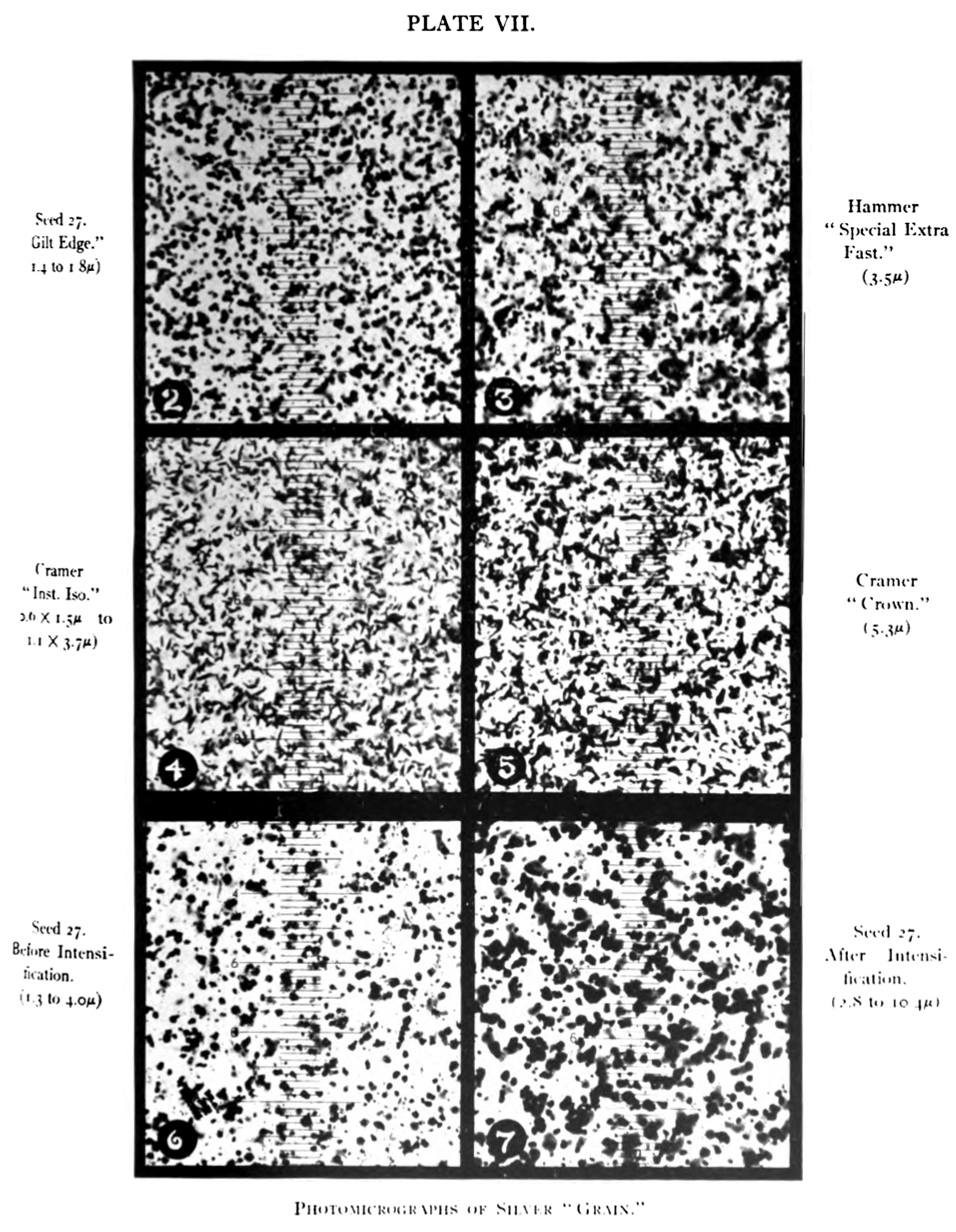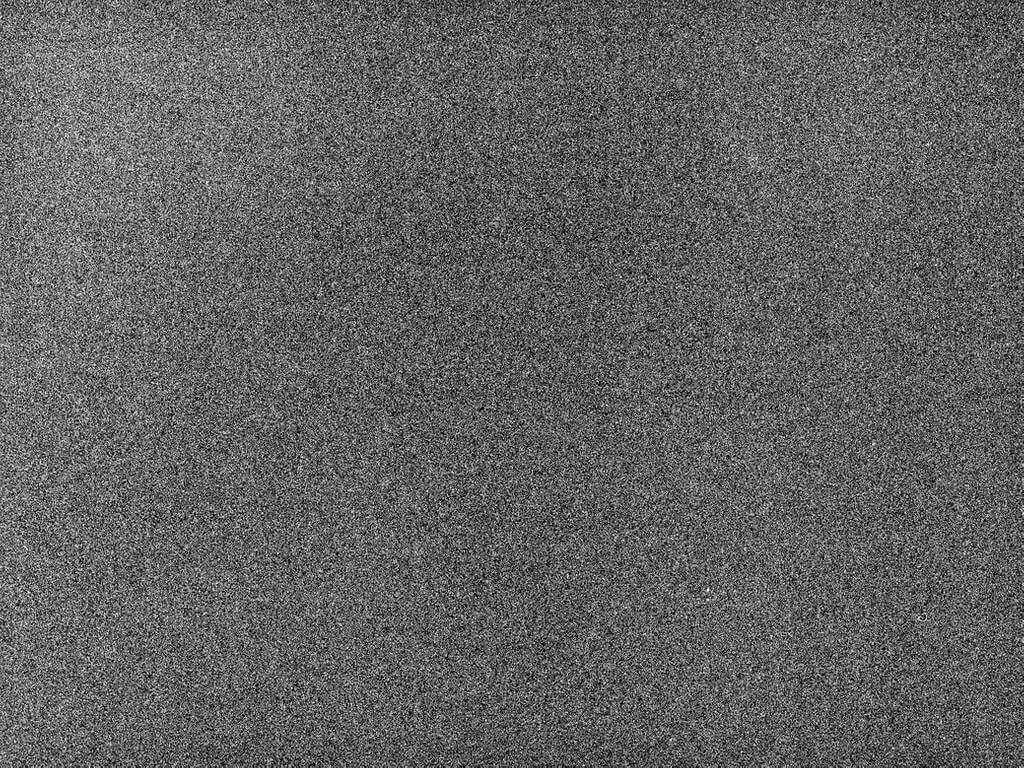Film Grain Aesthetics: Elevate Your Visual Storytelling

Film grain is the random pattern of small dots that appear on a film image. Film grain is a result of the photographic process and can vary depending on the type of film used, the camera settings, and other factors.
Film grain has been a characteristic of film photography since its inception and has been embraced by many photographers as a desirable aesthetic. It adds texture and depth to an image, giving it a unique look and feel. However, with the advent of digital photography, many photographers prefer a clean, smooth look to their images and have developed techniques to reduce or eliminate film grain in their digital images.
Despite this, film grain remains a popular and sought-after look, especially in the world of cinema.

Credit: en.wikipedia.org
The Allure Of Film Grain
Film grain adds a timeless and nostalgic quality to images, evoking a sense of authenticity and depth. It creates a unique texture that appeals to many photographers and filmmakers, adding character and emotion to their visual storytelling. Embracing film grain can elevate the mood and aesthetic of a piece, captivating audiences with its raw and organic appeal.
A Nostalgic Touch
Film grain adds a unique and nostalgic touch to photographs and videos. It brings back memories of the good old days when film cameras were the primary means of capturing images. Nowadays, with digital cameras dominating the market, the charm of film grain is often overlooked. However, the imperfect, grainy texture adds character and a sense of authenticity to images that cannot be replicated with digital filters. It allows viewers to connect with the past and appreciate the artistry of traditional photography.Texture And Depth In Imagery
The grainy texture of film adds depth and dimension to images, making them appear more three-dimensional. The subtle variations in grain size create a unique texture that gives images a tactile quality. It’s almost as if you can feel the image, rather than just seeing it. Film grain also enhances contrast and sharpness, creating a more dynamic and visually interesting image. It adds a layer of complexity that makes photographs and videos more engaging and captivating.Seo-optimized Text For The Allure Of Film Grain
When it comes to photography and videography, film grain adds a unique and nostalgic touch that cannot be replicated with digital filters. Film grain brings back the charm of traditional photography and allows viewers to connect with the past. Its imperfect, grainy texture adds character and authenticity to images, making them more engaging and captivating.
Moreover, film grain adds depth and dimension to images, creating a more three-dimensional and tactile quality. The subtle variations in grain size create a unique texture that enhances contrast and sharpness, making the image more visually interesting. Film grain adds a layer of complexity that makes photographs and videos more dynamic and engaging.
Overall, film grain is a timeless aesthetic that enhances the quality and allure of photography and videography. Its unique texture and depth create a sense of nostalgia and authenticity that cannot be replicated with digital filters. By embracing the charm of film grain, photographers and videographers can add a touch of artistry and creativity to their work.
Integrating Grain Into Digital Workflows
Integrating grain into digital workflows adds a nostalgic touch, enhancing the film-like quality of visuals. Film grain can evoke emotion and authenticity, bringing a vintage charm to modern digital projects. Its unique texture and character elevate the overall aesthetic appeal of digital content.
Choosing The Right Grain
When it comes to integrating film grain into digital workflows, one of the key considerations is choosing the right grain. This decision can greatly impact the overall aesthetic and visual feel of the final product. Different types of grain can evoke different emotions and enhance the storytelling experience.
There are various factors to consider when selecting the grain for your digital project:
- Intended mood: Determine the desired mood and atmosphere of your project. Are you aiming for a nostalgic, vintage look or a gritty, documentary-style feel? The type of grain you choose will play a significant role in achieving the desired effect.
- Grain size: Consider the size of the grain particles. Larger grain sizes can create a more pronounced and noticeable texture, while smaller grain sizes can provide a subtler and smoother appearance.
- Grain intensity: Decide on the intensity of the grain effect. Some projects may benefit from a strong and prominent grain, while others may require a more delicate and subtle application.
Balancing Grain And Clarity
When integrating grain into digital workflows, it is important to strike a balance between grain and clarity. While grain can add character and depth to an image, excessive grain can potentially obscure details and reduce overall image quality. Finding the right balance is crucial to ensure a visually appealing and professional result.
Consider the following tips to achieve the optimal balance:
- Test different levels: Experiment with different levels of grain to find the sweet spot that maintains clarity while still achieving the desired aesthetic. Fine-tuning the grain intensity can make a significant difference in the final outcome.
- Target specific areas: Instead of applying grain uniformly across the entire image, consider targeting specific areas where grain can enhance the storytelling or evoke a specific mood. This selective approach can help maintain clarity in important elements.
- Combine with noise reduction: If you find that the grain is compromising the overall clarity, consider using noise reduction techniques to minimize unwanted noise while preserving the desired grain effect. This can help strike a balance between grain and clarity.
By carefully choosing the right grain and balancing it with clarity, you can effectively integrate film grain into your digital workflows, enhancing the visual appeal and storytelling of your projects.
Case Studies: Film Grain In Cinematic Storytelling
Film grain has been a crucial element in cinematic storytelling, adding depth and character to the visual narrative. Through the years, it has been utilized in various ways across classic and modern films, shaping the overall aesthetic and emotional impact. Let’s explore how film grain has been integrated into cinematic storytelling through the following case studies:
Classic Films And Grain
Classic films such as “Casablanca” and “Gone with the Wind” embraced film grain as a fundamental aspect of their visual language. The grainy texture added a timeless quality, enhancing the emotive power of the storytelling. Directors and cinematographers intentionally incorporated grain to evoke a sense of nostalgia and authenticity, drawing audiences into the rich, immersive worlds of these classic masterpieces.
Modern Cinema Embracing Grain
In modern cinema, the embrace of film grain has become a deliberate creative choice, seen in films like “The Dark Knight” and “No Country for Old Men.” Directors utilize grain to heighten the raw, gritty atmosphere of their narratives, amplifying the tension and realism of the on-screen events. This intentional use of film grain adds a distinctive visual texture, enriching the cinematic experience and engaging audiences on a deeper, more visceral level.

Credit: en.wikipedia.org

Credit: www.studiobinder.com
Conclusion
To sum up, film grain is more than just a visual element in filmmaking. It adds depth, character, and a timeless appeal to movies. Whether you’re a filmmaker, a cinephile, or simply someone who appreciates the art of storytelling, understanding the significance of film grain can enhance your viewing experience.
So, embrace the grain and immerse yourself in the rich history and unique aesthetic it brings to the world of cinema.




